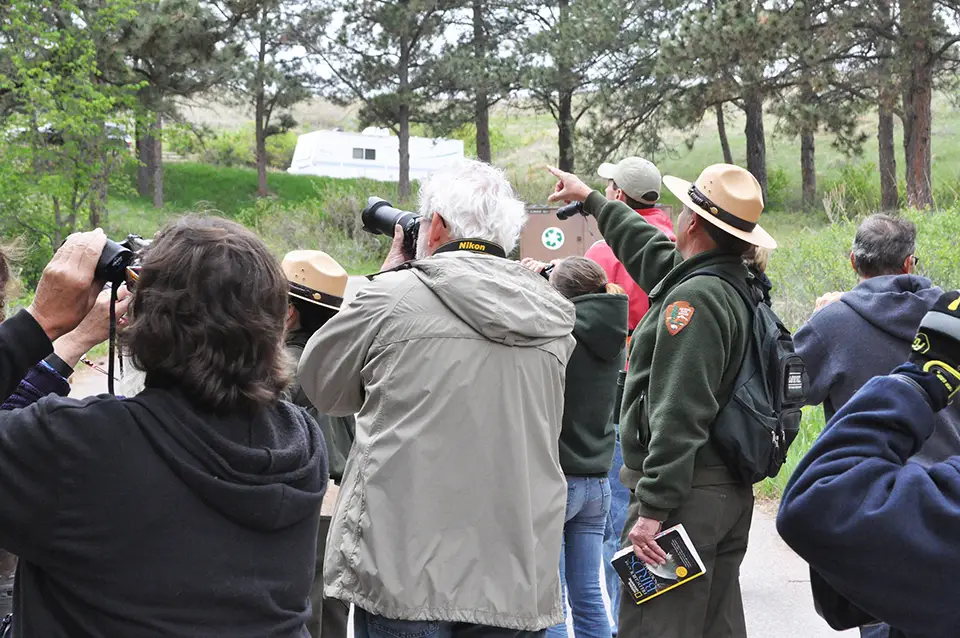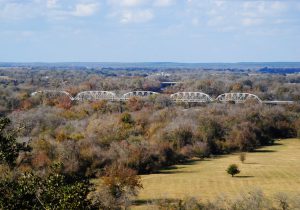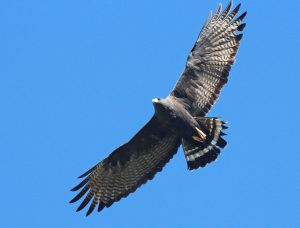Millions of Americans participate in bird watching each year, and the hobby has been continuously growing for decades. According to the U.S. Fish & Wildlife Service, over $100 billion is contributed to the national economy each year due to bird watching related activities.
Some love birding for the peace and beauty of nature, while others crave the thrill of the chase as they travel hundreds of miles to see something rare. But regardless of why people bird, everyone starts somewhere. So if you’re just starting, how much do you need to spend?
How Much Does Bird Watching Cost?
The two main costs of bird watching are binoculars and traveling.
Binoculars are the only thing needed to begin bird watching. A good starter pair usually costs between $75 and $100. Look for deals on used binoculars online. Get a 8×42 binocular, and don’t go too cheap or you may regret it. Good options include the Nikon Prostaff, Vanguard Spirit, and Celestron Outland X.
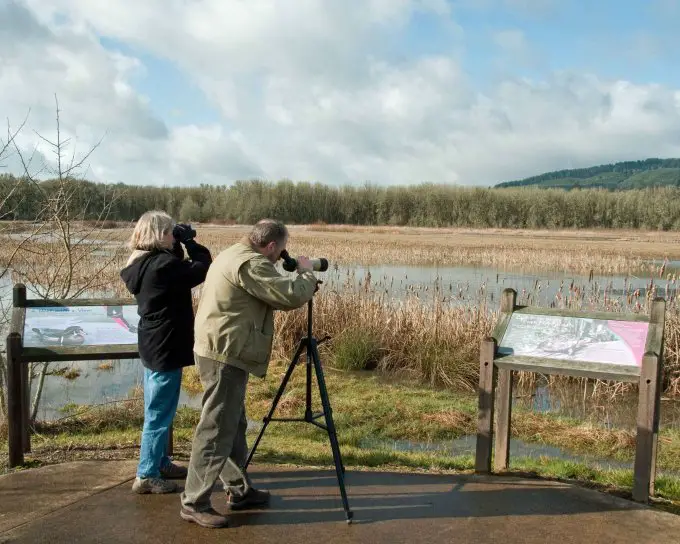
There’s optional expenses like spotting scopes, camera gear, and outdoor attire, but that’s all extra. Most birders spend the majority of their time looking at birds in their backyard and local parks.
As with most hobbies, there’s two ends of the spectrum of how much money people spend. Some never spend more than a few hundred dollars total, while others will spend thousands every year.
Here’s an example of each extreme.
Casual Low Budget Birder
| Used Binoculars | $90 |
| Accessing your backyard & local park | Free |
| Total Cost | $90 |
Hardcore Enthusiast Birder
| Top of the Line Binoculars | $2600 |
| Top of the Line Spotting Scope | $3000 |
| DSLR Camera | $3000 |
| 500mm Prime Lens | $5000 |
| Fuel, Airlines, & Hotel | $2000 – $10,000 |
| Attire & Other Gear | $250 |
| Total Cost | $15,800 – $23,900 |
Don’t let the big numbers make you nervous. Some really do spend that much, but they’re outliers.
The average birder probably spends $100 – $400 a year, and that’s almost entirely on travel costs.
Binoculars: How Cheap is Too Cheap?

When it comes to optics, you almost always get what you pay for. Big box stores usually sell binoculars for as little as $30, but beware, these are barely more than toys. The image quality will be so poor and fuzzy you won’t be able to enjoy them.
As a rule of thumb, $50 should be a minimum when buying used binoculars, and $75 for brand new binoculars. This will keep you out of trouble and help ensure you can actually see the bird you’re trying to get a look at. Buy anything cheaper and odds are high you’ll be so unhappy with your binoculars, you’ll be returning them within a week.
Should I buy new or used binoculars?
Used binoculars are usually the best way to get started on a budget.
Some items show their age quickly, and have noticeable differences between new models and a five year old model. Electronics like phones and computers are a classic example of this.
Glass doesn’t go bad over time. A pair of budget binoculars made today are only marginally better than those of the same brand made 5 to 10 years ago. As long as binoculars are well taken care of, a good pair of binoculars can last 10-20 years and still work great.
Shop around on eBay, Facebook Marketplace, Craigslist, and used items on Amazon. Be patient and check daily, as the good deals usually disappear within a few hours of being listed.
Try to find a Nikon Prostaff, or Vortex Crossfire for close to $100. Remember to shop for 8×42, as 10×42 will be too zoomed in for some people.
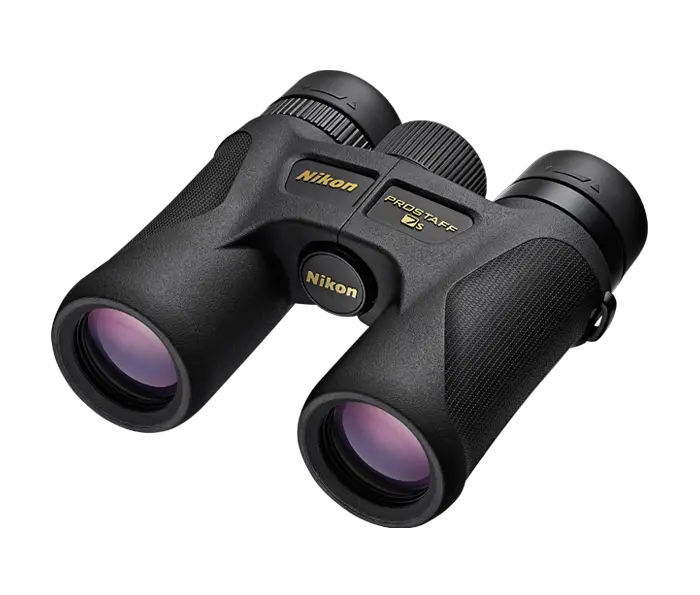
What If I Want to Buy New?
If you want to avoid the hassle of bargain hunting, the Celestron Outland X on Amazon is less than $100. Be sure to select the “8 x 42” option.
Depending on the time of year, you can also wait until Cyber Monday after Thanksgiving for the best online deals. Not all binoculars have good sales at this time, but some can be found for 20% off or more.
What Else Do I Need to Spend Money On?
The good news is you don’t NEED to spend anything more once you have your binoculars. At most you’ll spend a dollar or two in gas driving to a local park to search for birds.
However, not all bird watching spots are created equal. Some places are just so good it’s worth paying for a full tank of gas to drive over an hour away, buying coffee and eating out for lunch, and paying an entrance fee for a state park or bird sanctuary. This is where most hidden expenditures are – in traveling.
After traveling costs, the next expenditure for birders is usually a camera.
No matter how great your phone camera is, it’s no match for a small bird in a tree 30 feet away.
Constantly seeing colorful and interesting birds and other wildlife makes you wish you could get good pictures of them. Photography is also important for documenting locally rare and unusual species.

Cameras have a huge range of price points, but a decent point-and-shoot camera for birds is usually around $400. A good DSLR camera set up with a good zoom lens starts at around $800-$900 if you buy used.
So is this a Cheap Hobby or an Expensive Hobby?
Bird watching is usually a low cost activity.
A more full answer is: Bird watching offers a tremendous amount of financial flexibility. It’s as cheap as you need it to be, and as expensive as you want it to be.
Once you have your binoculars it’s up to you how much money to spend, and when to spend it.
Birds are everywhere, and you rarely have to pay to have access to them. Look out your back window, take a walk in the local park, or fly to Costa Rica for two weeks. Your spending is up to you and your budget, and that’s part of the beauty of this hobby.

